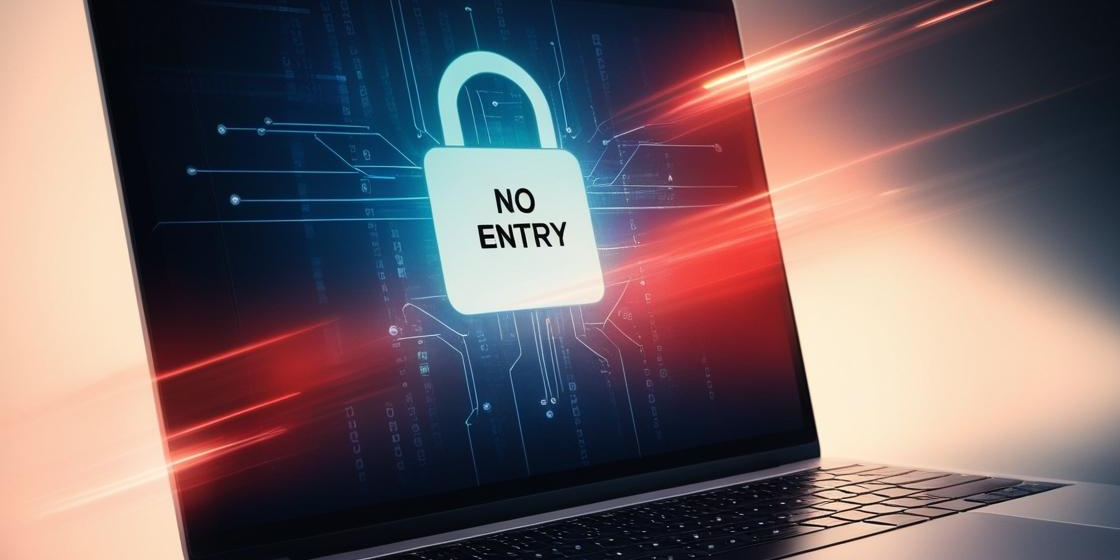Zero Trust is a cutting-edge approach to cyber security that operates on the principle that no part of your network should be automatically trusted. Unlike traditional security models that assume everything inside the network is safe, Zero Trust requires continuous verification of every access request, regardless of where it originates.
Key Principles of Zero Trust
- Know Your Network: It’s essential to have a comprehensive understanding of all the components within your network. This includes users, devices, applications, and services. By mapping out your network, you can identify critical resources and potential vulnerabilities, ensuring you know what needs the most protection.
- Identify Everything: Every user, device, and service must have a unique identity. This is crucial for implementing precise access controls. Unique identities help track and manage access, ensuring only authorised entities can interact with your data and systems.
- Monitor Behaviour: Continuous monitoring of user activities and the health of devices and services is vital. By keeping an eye on behaviour patterns, you can detect anomalies that might indicate a security threat. For example, if a user suddenly accesses data from a country they don’t usually work from, it could be a sign of a compromised account.
- Use Policies for Access: Define and enforce clear access policies that determine who can access what resources under which conditions. These policies should be dynamic and adaptable, considering various factors such as the user’s role, the device’s security status, and the sensitivity of the data being accessed.
- Authenticate and Authorise: Always verify the identity and health of devices and users before granting access. This involves multi-factor authentication (MFA) and continuous authorisation checks. For instance, even after a user logs in, their access should be re-evaluated if they try to access sensitive information from an unusual location.
- Focus on Monitoring: Shift your monitoring efforts from the network perimeter to the users, devices, and services themselves. This approach helps in maintaining security by ensuring that all activities comply with your established policies. It also allows for quicker detection and response to potential threats.
- Don’t Trust Any Network: Treat all networks, including your internal network, as potentially hostile. This means using secure communication methods, such as encryption, to protect data in transit, for example Microsoft Teams. By assuming that any network could be compromised, you can better safeguard your information.
- Choose the Right Services: Lugo provides services and solutions that are designed under Zero Trust principles. We work with your organisation and your attitude to risk to ensure the most appropriate security measures are in place to integrate into your existing working practices, to ensure efficiency and cyber resilience. Look for vendors that offer robust identity management, continuous monitoring, and adaptive access controls.
By adopting Zero Trust architecture, businesses and organisations can significantly enhance their security posture. This approach makes it much harder for attackers to exploit trusted networks, as every access request is rigorously verified. Implementing Zero Trust requires a shift in mindset and a commitment to continuous monitoring and verification, but the benefits in terms of security and resilience are well worth the effort.
Zero Trust also provides comprehensive visibility into network activities, allowing businesses to better manage and secure their resources. This visibility is essential for identifying unusual activities that could indicate a security threat. Additionally, Zero Trust helps businesses meet regulatory compliance requirements by implementing stringent access controls and continuous monitoring.
In today’s dynamic work environment, with the rise of remote work and cloud services, traditional security models are less effective. Zero Trust is designed to secure modern environments by focusing on identities, devices, and applications. This adaptability makes it an ideal solution for businesses looking to protect against advanced threats such as ransomware and phishing.
Implementing Zero Trust can also streamline security operations by automating access control and monitoring processes. This reduces the burden on IT teams, allowing them to focus on more strategic tasks. Overall, the benefits of Zero Trust in terms of security, compliance, and operational efficiency make it a worthwhile investment for any business. Leaders must prioritise cybersecurity to protect their organisations from data breaches and cyber threats. Effective leadership in cybersecurity is crucial for establishing a resilient information security framework. For more insights, check out this article Cyber Security: Why Senior Leaders Need to Take Charge in 2024.
For more detailed information, you can refer to the Zero trust architecture design principles – NCSC.GOV.UK







